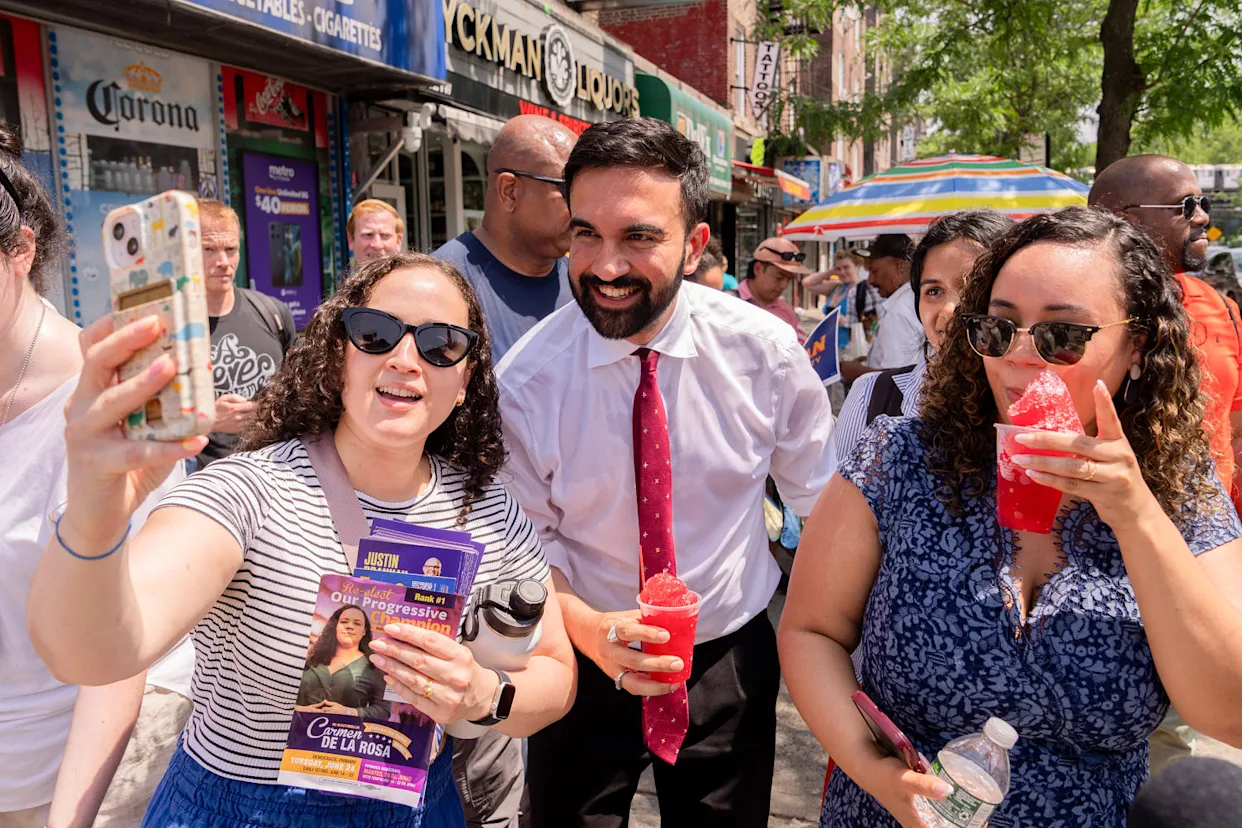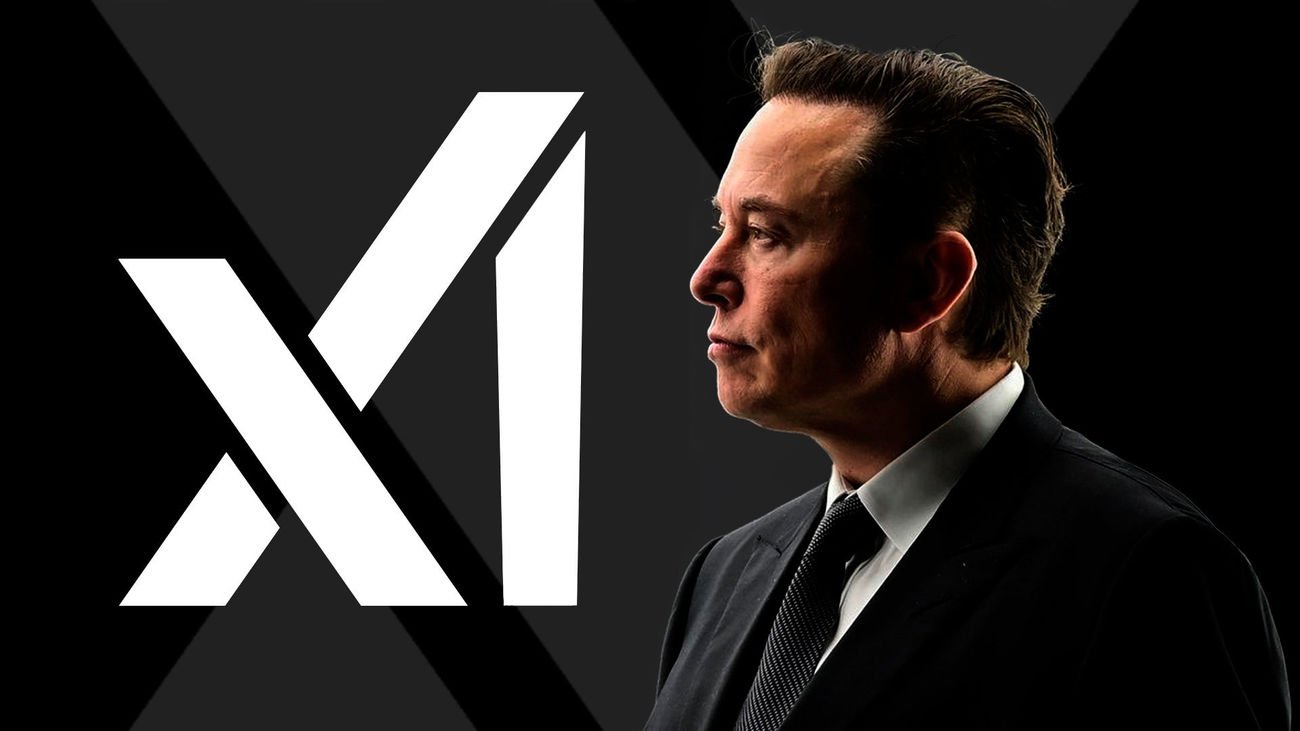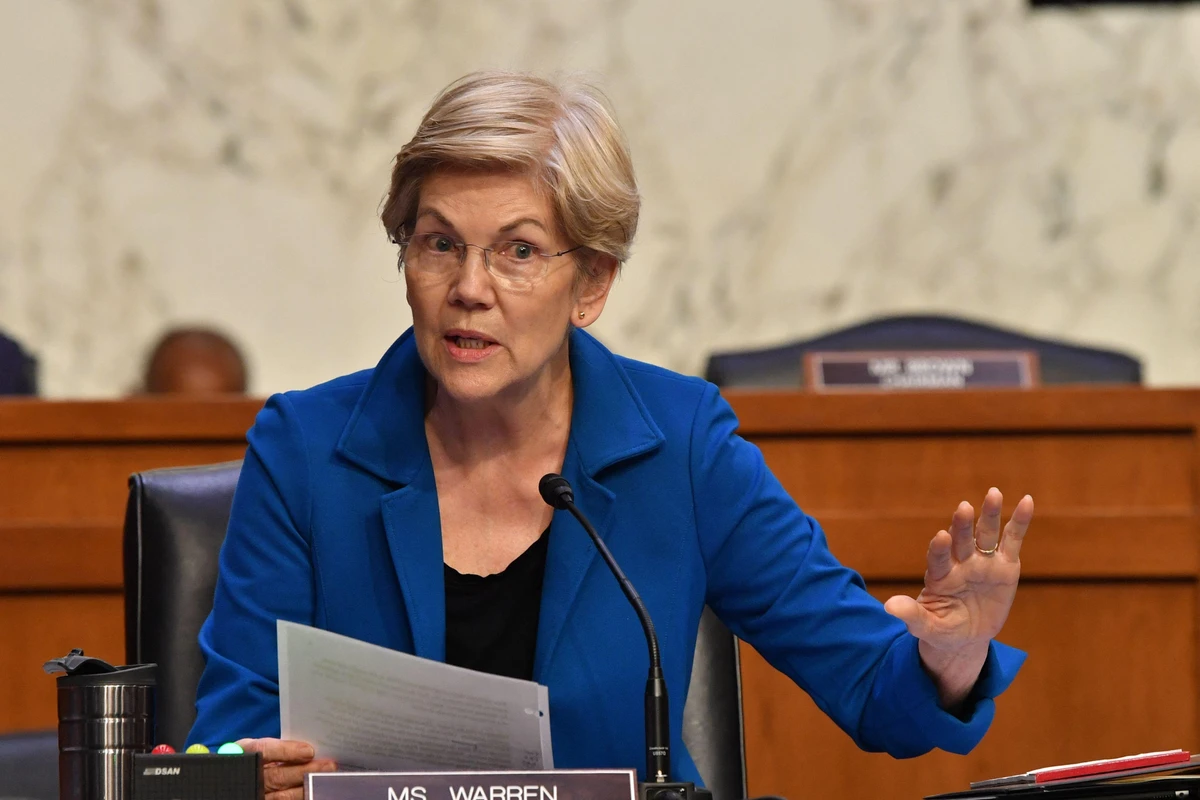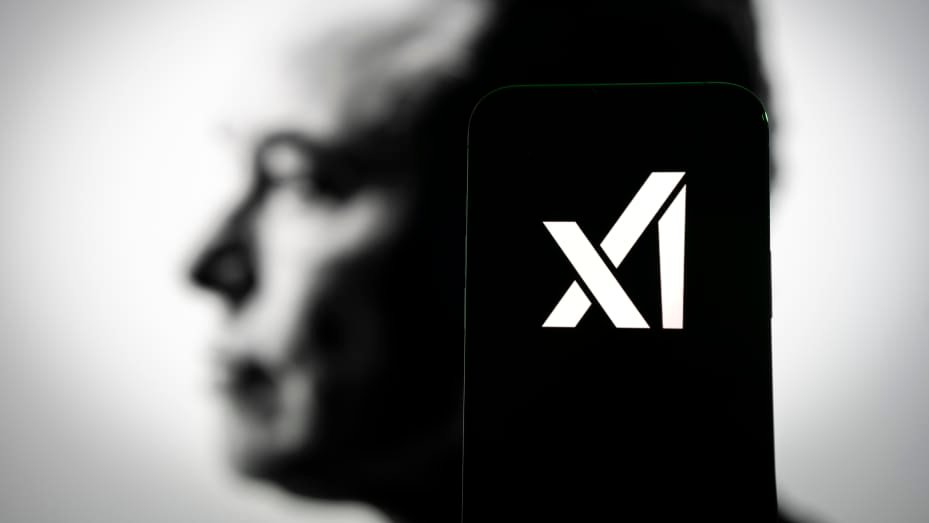Zohran Mamdani rode a powerful wave of social media engagement to win the June Democratic primary for mayor of New York City, becoming the first openly democratic socialist to do so. Now the very posts that helped him rise are being raked over the coals by opponents trying to dim his star before the November general.
Among the flashpoints are bars he dropped in an old rap that praises a charity later convicted of funneling cash to Hamas. Critics are also highlighting his earlier threads questioning the FBI’s methods before the Obama-era drone strike that killed Anwar al-Awlaki, a figure tied to al-Qaeda. His past calls for slashing police budgets—stated plainly on the now-rebranded platform X—remain a live grenade in the campaign, rattling centrist voters.
At 33, Zohran Mamdani belongs to a crop of elected leaders who learned politics alongside Wi-Fi. This upbringing makes him at ease with the symbols of TikTok and Instagram, but also leaves him with a permanent archive of youthful mistakes.
Unlike colleagues who have the luxury of a still-developing digital past, Zohran Mamdani’s online life is a transparent river, running back to childhood, and its currents have been combed so meticulously that the algae of 2009 are still visible. Being both younger and bolder than the usual candidate means that every flicker of his digital self is under a magnifying glass, and his rivals can keep at a comfortable distance.
“Every candidate should delete their social media history,” New York City Council Member Chi Ossé, elected at 23, said recently. “But I know that’s almost impossible. Once it’s online, it never really goes away.”
Mamdani’s chief rivals, Andrew Cuomo and incumbent Eric Adams, seem to have sidestepped that hazard.
Now in their sixties, both have spent years in print and on TV, yet they emerged from the era before Twitter, Facebook, and the 24-hour news feed of hot takes. Consequently, they lack the record of ill-timed tweets and viral memes that keep raising eyebrows for 30-something officeholders, even the vice president.
Adams, for instance, continues to share an inexhaustible collection of unverifiable — at times fictitious — stories from his youth, delivered in the flat cadence of a man who has never had to condense a thought into a 280-character burn.
Still, Adams’s awkward forays into meme-making and Cuomo’s decision to kick off his bid with a 17-minute monologue reveal a more fundamental gap. Neither feels at home with the rapid, cheeky amplification that the current 18-to-35 set demands.
That gap matters, because today’s youth are tomorrow’s median voter. Mamdani, for his part, took only a few hours to shoot down Cuomo’s second launch video with a single, sardonic tweet; it earned 33 times the likes and, the campaign says, delivered its second-best fundraising haul since the primary.
So far, Mamdani is winning online.
During the primary, a Cuomo-aligned PAC searched the internet for any murky pixels from Mamdani’s past, hoping the pricey oppo dump would drag the socialist down and push Cuomo higher. It misfired: Mamdani won by nearly 13 points, partly on the back of a charismatic social-media front and partly because the PAC never landed a blow the voters found compelling.
Now the same network of right-leaning outlets has lifted old posts on Israel and Mamdani’s critique of the free market, waving them like a rally flag. The effect on the New York City front has been zero; Mamdani still rides the momentum of the primary and locks in institutional endorsements. Yet the stories hum on repeat, giving national Republicans a stock villain for the meme of a Democratic Party that’s wandered so far left it might snap.
“True Communist Mamdani supports the ‘abolition of private property,’” Rep. Elise Stefanik typed on X, linking to a podcast from the archives. “This is the NY Democrat Party @KathyHochul, you lead and you have failed to condemn this dangerous insanity.” Mamdani’s operation replies that the candidate is concentrating on the campaign and treating old posts like old news.
“Those who’ve lined their pockets and the pundits they hire can keep dragging up ancient tweets,” Communications Director Jeffrey Lerner shot back in a statement. “Zohran is busy outlining the affordable New York that already won historic backing from every borough.”
The Queens lawmaker keeps finding fresh notes for that same urgent melody.
On New Year’s Day, a tailored Mamdani dove waist-deep into the freezing Coney Island surf, the surf screaming louder than the suit, to preach his pledge to freeze rent for stabilized tenants. When critics said his Spanish campaign ad had AI reading the lines, he dropped a reel of him laughing, flubbing syllables, and leaving the autocue in the dust.
Next, he walked door to door, camera rolling, sitting down with Trump voters in Queens, then shot a flirty mock date in front of the camera, asking the audience for just the right gift—register as a Democrat before Valentine’s Day.
The three-term legislator’s knack for snappy, low-cost digital hits has kept younger voters, who live most of their lives scrolling, clicking, and commenting, glued long enough to show up and hand him a primary victory they won in record numbers.
Part of his success can be traced to a gift for retail politics that works no matter the platform.
“The reason his videos hit so hard is that he engages people without a filter,” noted Democratic strategist Jon Paul Lupo. “You can’t stay a talking head for 15 years and stay believable. You need the sort of warmth that travels through the lens, and the lens picks it up.”
Campaign creative director Andrew Epstein emphasized that content alone matters, too. “His energy and his gift for speaking—those get you to the event. But once you’re there, it’s still what you’re saying that keeps you.”
Mamdani’s ability to trend seems to come from an easy fluency with the medium.
His footprint online is smaller than some of his peers. Most of his active channels arrived just before he won a state seat in 2020. He did change his Twitter handle once, though the feed now is a record stretching back to 2011, when he was still 19.
A review of Mamdani’s digital activity conducted by National Diplomat exposes a web presence characterized by leftist views that have matured, yet remained consistently militant, since the candidate’s teenage years.
His Twitter gags, intermittent self-promotion as the rapper Mr. Cardamom, and expansive TikToks collectively map the ascent of a brazen socialist whose pronouncements on policing, Israel, and the workings of capitalism are now invited for scrutiny.
During the primary, the pro-Cuomo super PAC Fix the City injected $22.4 million to elevate Cuomo while singeing Mamdani, the most recent city Campaign Finance Board data show.
The independent committee manufactured glossy mailers and cutouts that revived archival press stories and, crucially, dug up Mamdani’s statements issued since his narrow election to statewide office in 2020.
One tweet the PAC trumpeted reads, “Defund it. Dismantle it,” appended to a graphic that identifies the NYPD. Another piece of content, a photo of Mamdani’s silhouette superimposed with the rallying cry “We demand: Defund the NYPD,” appeared prominently on billboards and digital spots alike.
Mamdani made clear on the campaign trail that he isn’t seeking to defund the police, but he does plan to shrink the NYPD’s enormous overtime line and to stand up a Department of Community Safety that would shift nonviolent calls—especially for mental health—out of the precinct and into the hands of trained civilian responders.
A Democratic strategist who spoke on background to offer a candid view of the race said the standard playbook for taking on a Democratic Socialist is to either paint them as so far left that only a small base will stick around, or to undermine their story by revealing privilege—be it wealth or something else that smells of distance from working people. The super PAC backing Cuomo went with the first option, and the effort fell flat.
“Fix the City’s attack ads against Mamdani might have had real sting if the ballot had two or three alternative serious candidates to catch the anti-Cuomo wave. Instead, the last stretch was a straightforward Mamdani-versus-Cuomo matchup. That narrowed the PAC’s ammunition against Mamdani, because whatever worries people had about him—and they were numerous, even among his backers—he was still not Andrew Cuomo.”
Epstein, Mamdani’s creative director, explained that the campaign was able to connect with millions of voters while spending only a fraction of what traditional ads needed, with video shoots running in the low four figures. During the month prior to the primary, Mamdani’s Instagram feed was seen 236 million times, 62 percent of those viewers having never followed him before.
Now, news outlets and commentators on the right have picked up the thread that Fix the City started.
A 2020 interview from The Far Left Show has since triggered a series of reports in the New York Post and similar pages. In that segment, Mamdani described the “abolition of private property” as the only alternative to the housing crisis, and—when asked whether prisons still have a reason to exist—replied, “What purpose do they serve?” The Washington Free Beacon quoted a different 2020 exchange in which Mamdani argued that domestic violence calls should never be routed to police, while Fox News referenced a tweet from that same year showing him giving the finger to a Columbus statue.
Still, the sustained wave of negative coverage falls short of changing the math. August heat, combined with Mamdani’s decisive primary victory and fresh heavyweight endorsements, has kept him climbing. The pieces—aside from one the Post ran—are landing in publications that rarely move the needle in the city itself.
Mamdani’s prior statements, while occasionally sharper than he would choose to use in the mayor’s office, circle back to the same convictions that most voters already recognize, so few are likely to recoil.
“These hits don’t contradict the running theme,” one Democratic strategist said quietly. “Negative hits are only meaningful if the target audience starts to squirm.”
Beyond the five boroughs, though, the drumbeat of Mamdani pieces is resonating with Beltway watchlists and national donor networks.
On June 24, just as Andrew Cuomo conceded, the National Republican Congressional Committee jumped on X to brand the presumed Democratic nominee an “antisemitic socialist radical.” The timing was no coincidence; the NRCC’s composite attack photo joined Cuomo’s exit and featured New York’s Reps. Laura Gillen, Tom Suozzi, and Josh Riley—each guarding competitive districts on the fringes of the New York City metro.
None of the Democratic members of Congress in the photo had backed Mamdani during the primary, so the NRCC seized the chance to link the swing-district incumbents to the party’s freshly minted target.
Vice President JD Vance was so moved by Mamdani’s Fourth of July post, in which he called America “beautiful, contradictory, unfinished,” that he read the lines to a conservative think-tank audience in San Diego.
“Who the hell does he think he is?” Vance declared, 2,500 miles from Gracie Mansion. Such a spotlight, of course, can brighten and burn.
Mamdani’s reach is growing beyond the five boroughs. Two primary volunteers flew in from abroad to knock on doors. In the latest fundraising cycle, nearly half of the money that came in—unlike the small, local donations that powered the primary—arrived from donors outside the city.
The campaign says Mamdani’s Instagram audience has jumped from fewer than 20,000 before he launched to almost 4 million since the victory.
Ossé, a fresh-faced city council member, argued that the upsides of personal digital savvy far outweigh the risks. You can now polish your online image rather than let old-school reporters define it for you. Plus, voters under 30, who scroll through the same platforms, tend to forgive posts that might strike older folks as tone-deaf.
“What folks value most now is candidness,” he explained. “If your campaign voice matches the posts you’ve already put out there, authenticity reads loud and clear. People let the little missteps slide. Consistency, not polish, is what earns trust.” Source


















